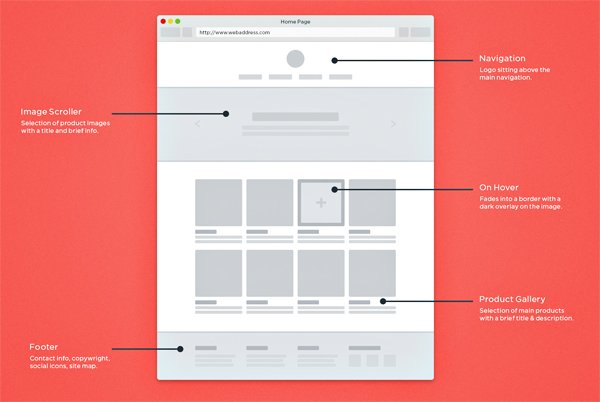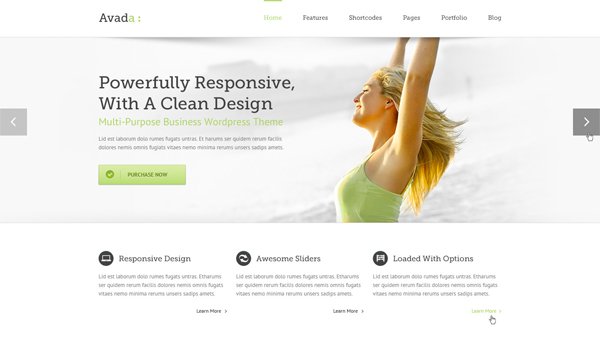Creating a website that works and fulfills all the needs of your business can be tough. Many companies want a working site that customers are comfortable using, but that stands out from other competing sites at the same time. Using software with templates to help create a smooth, attractive website is a method many people employ. This can help to ensure all the basic pieces are there, with nothing missing, but also allow personalization so that a company can achieve brand recognition and stand apart from competitors.

Image Source: Dribbble
A template is a basic pattern used to create several pieces of the same thing. Templates can be employed when building a website by making sure each page has the same basic layout right from the beginning, making the creating of the whole website a much faster process. A template would allow the creator to set up a uniform color scheme and button layout, for each page automatically, and then the content can be added later. Templates streamline the creative process, and help to eliminate errors in uniformity or usability.

Image Source: Avada Template
Many times, businesses employ templates for numerous documents that are created for company use, in order to ensure consistency. Rather than have several different approaches that may or may not fulfill the needs required, they have one standard option that can be customized to a point but is sure to meet the needs of the document creator and the recipient. Business letters, memos, meeting minutes, and many more items are subject to this scheme. This has been a successful approach in many other aspects of business, and building a website is not much different. The consistency provided by Shopify website templates can help the people creating the site to know exactly what is needed, and it will help the user of the site navigate the information better and to know how each page will work or flow at a basic level.
Some creators may fear that using a template would turn out a cookie cutter product, or in other words, a website too much like every other website out there. With all of the ways to individualize and add to templates, this becomes a small worry. When creating any element of a website, it is important to place everything so that the user will be drawn to the necessary areas. The template design would be one tested and proven to work, and if it is similar to other websites of the same kind, this could ensure that a customer would immediately know how to use it, or could easily adapt to the variations. Take online shopping carts, for example. When a customer purchases things online, they have a basic expectation for how the whole process will take place. If a cart is built on a design without using templates, a key part of the usual checkout process could accidentally be missed, and this could trip a customer up and put them off purchasing through this site. A template would ensure that all the necessary pieces were included before any individualizing takes place. Less room for error is generally desirable.
Of course, creating a website without using templates is possible, and some people choose to do so, but using templates can make the process faster and have a company site up and running right when it is needed. In the fast-paced world of business today, it is important to be able to adapt quickly and efficiently, and using templates is a tried and true method for achieving swift results. The advantages are many, and could be well worth giving templates a try.
